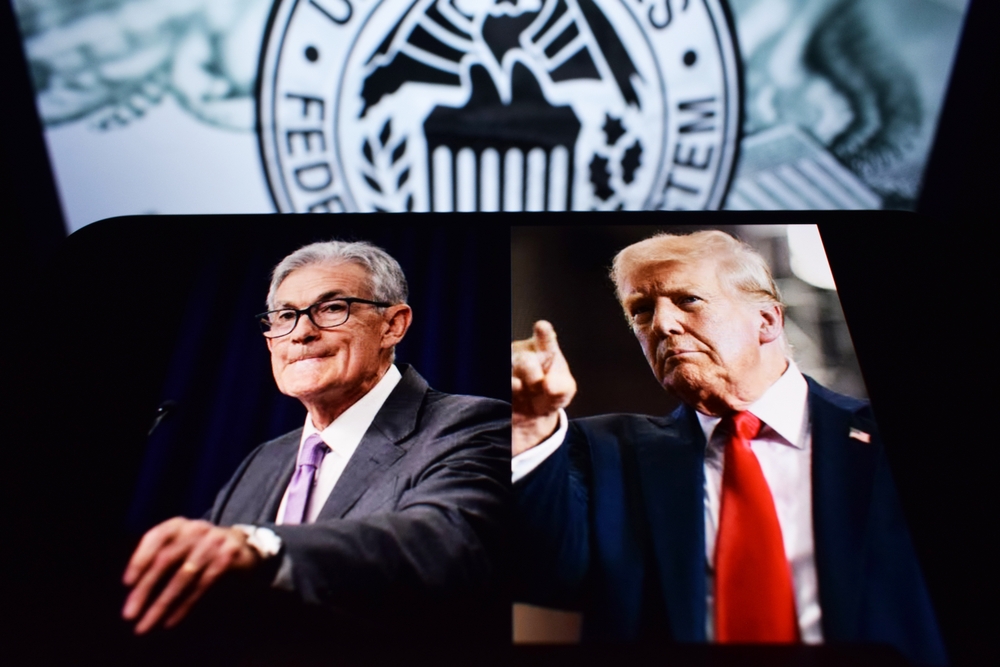How the Loss of Fed Independence Might Impact Your Bank
Central bank independence is currently, and has long been, considered a cornerstone of economic stability in advanced economies. The Federal Reserve (Fed) is established by Congress with a dual mandate of maximum employment and price stability. Its structure is designed to resist direct political pressures. Yet, in 2025, the Fed faces its greatest institutional challenge in decades: direct political efforts by the executive branch to steer monetary policy toward persistently lower interest rates. Will this potential loss of Fed independence impact the community bank industry?

Implications of a Loss of Fed Independence
There are three germane advantages of central bank independence, are as follow:
- Long-term vs. short-term incentives. Political leaders operate on election cycles and may prefer policies that boost short-term growth, often via lower interest rates. The goal of an independent central bank is to prioritize long-term economic health, even if this requires unpopular measures such as raising rates to curb inflation.
- Control inflation risks. Historically, around the world, politically controlled monetary policy have led to higher inflation. Turkey is a frequently cited as a modern example, where political pressure on the central bank has produced persistently high inflation above 30%.
- Credibility and trust. A central bank’s independence may underpin its credibility in financial markets. Investors have historically assumed that the central bank acts on data and legal mandate, not political expediency or promote their own survival. Loss of credibility could elevate inflation expectations, weaken the dollar, and increase financing costs for both the U.S. government and private borrowers.
The Fed’s independence has long been viewed by most (but not all) market participants as a lynchpin to promote the country’s long-term economic vibrancy and stability.
Probability of Change
What is the probability of the Fed losing its independence in the near future and what are the implications of such a development on the absolute level and volatility of U.S. interest rates? We need to analyze recent policy developments, legal structures, and historical comparisons to assess the likelihood of elimination of Fed independence.
An argument can be made that meaningful erosion of Fed independence is increasingly probable over the next few years. If realized, this shift would have profound consequences for inflation expectations, capital flows, the predictability of monetary policy, the value of community bank assets and the cost of capital for banks.
There are a few obvious and powerful signs that lead us to believe in a high probability of the erosion of Fed independence. First, the President has repeatedly criticized Chair Jerome Powell for failing to lower rates quickly enough and his recent appointed loyalists, Stephen Miran, appears to have singularly voted for a 50bps rate cut at the most recent Fed meeting. Most market participants have viewed his outlier position as an early sign of deeper changes to come. Second, the President and his allies have sought to remove a Fed Governor. The case against Lisa Cook is now before the Supreme Court. If the Court narrows the legal standard for removal (“for cause”), presidents could dismiss governors for policy disagreements, striking at the Fed’s structural protections. Third, although governors serve staggered 14-year terms, the President could soon shape the majority of the Fed’s Board and appoint a new chair in 2026 to align the Fed with his preference for much lower interest rates.
While total elimination of independence remains improbable, incremental erosion is highly likely over the next three years. If this current state of affairs progresses, it is possible that by the end of 2026, the Fed could effectively function with diminished autonomy, especially if the chair is replaced by the president’s loyalist. While the complete loss of Fed independence is a low probability event, the significant erosion of independence and de facto control via loyalist appointments and overt pressure is higher than 50%.
The Danger of Loss of Independence
In the short term the loss of Fed independence would lead to lower short-term interest rates. The President has explicitly argued for rates closer to 1%. In the short run, this could stimulate growth and reduce government borrowing costs. However, in the medium term, lower interest rates would stoke inflation risks and unanchored long-term inflation expectations because monetary policy would be viewed as a tool for political goals rather than a response to economic data. This increases the probability of above target inflation, a weakened dollar, and higher long-term bond yields because markets would doubt Fed credibility.
A modern-day example is Turkey, where the central bank is politically subordinated, resulting in years of runaway inflation, and capital flight. While the US enjoys reserve currency status, similar dynamics could emerge – capital inflows may diminish, term premiums may rise, and global investors could demand higher returns for holding Treasuries.
Fed independence anchors expectations by signaling that policy follows data and established rules. Political interference introduces uncertainty as new appointees push sudden changes for political gains. This uncertainty raises volatility across the yield curve. In fact, recent dot plots already show a wider divergence of views, with outlier projections calling for extreme cuts and one Fed member forecasting rate increases before year-end. Markets react strongly to such signals, amplifying bond-market swings. Markets will also price the possibility of sharp monetary policy reversal with future administrations, further adding to interest rate volatility.
Higher interest rate volatility is a brake on economic activity and GDP growth. Bank capital becomes more expensive, interest rate risk increases, causing a decrease in the value of long-term assets (both financial and real assets). These are all negatives for small businesses and financial institutions that provide capital and liquidity for such businesses.
Conclusion
The Fed is facing a monumental change to its independence. Its institutional design and long history of independence have allowed it to guide the U.S. economy through wars, crises, and recessions, but today, there are serious threats to such independence. In the next few years, it appears probable that short-term interest rates will be under political pressure to be lowered, but inflation pressures may be ignored consequently. If this occurs, we should expect higher interest rate volatility, higher risk premiums and higher long-term interest rates, and most importantly, lower long-term economic growth.
The implications for community banks are profound. A more political Fed would put pressure on banking profits, create wider swings in yields and mortgage rates, increase default rates and create more interest rate risk for long-term assets.
Disclaimer: Any views of the article are the author(s) and may or may not be may not be representative of the Bank’s.

